Understanding Motivational Theories in Physical Education
PLT4M
JUNE 7, 2022
Sean Fullerton is a former secondary physical education teacher and current Ph.D. In this article, Sean explores motivational theories in physical education. Understanding Motivational Theories in Physical Education Often the responsibility for motivation is placed solely on the student in physical education (PE) classes.

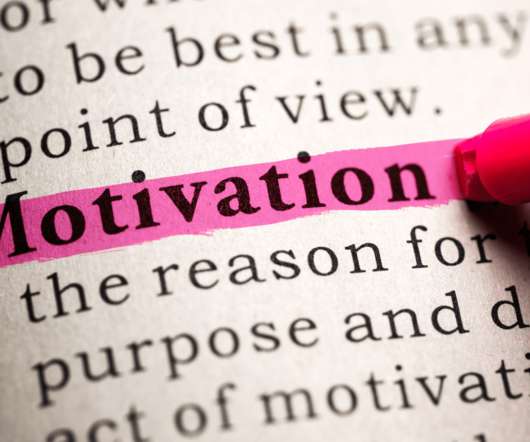
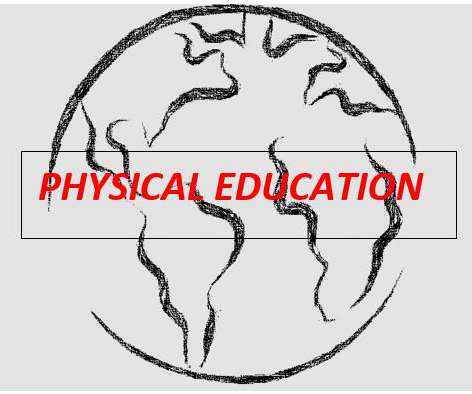
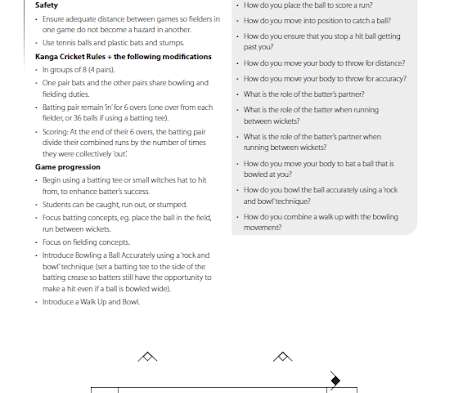
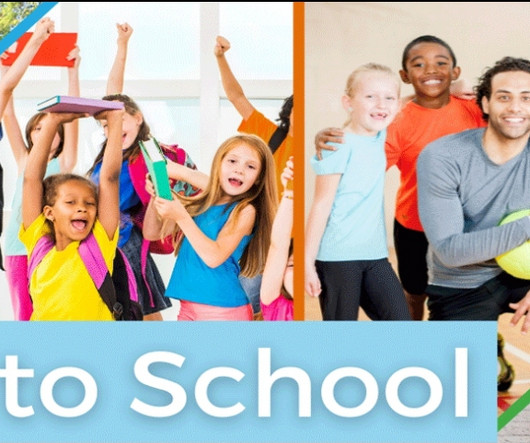
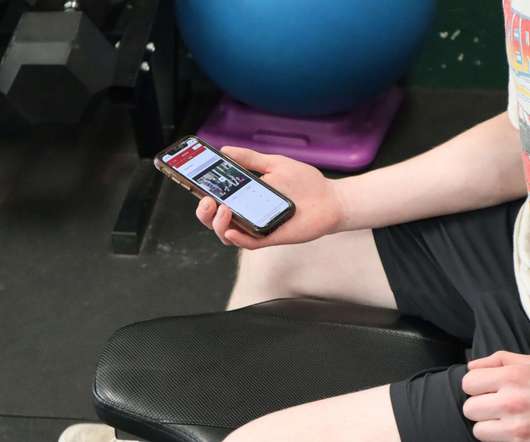
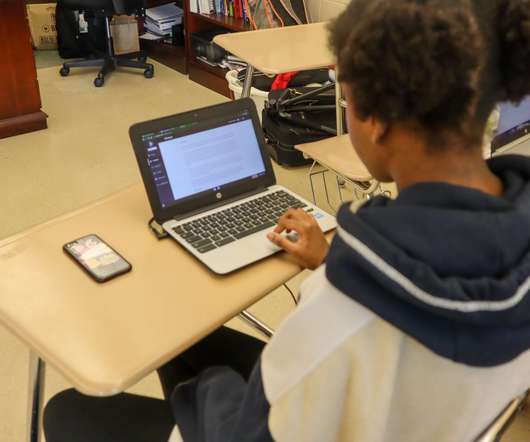
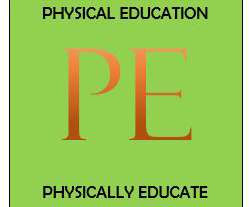
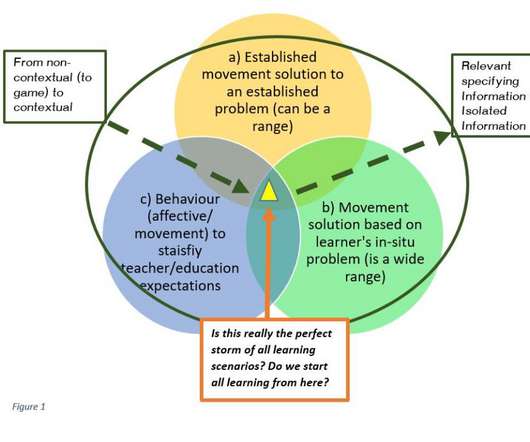
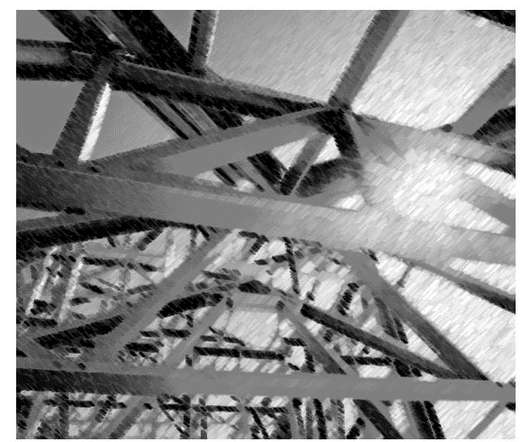
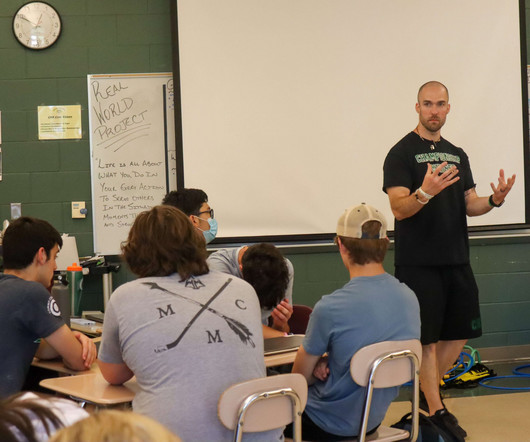
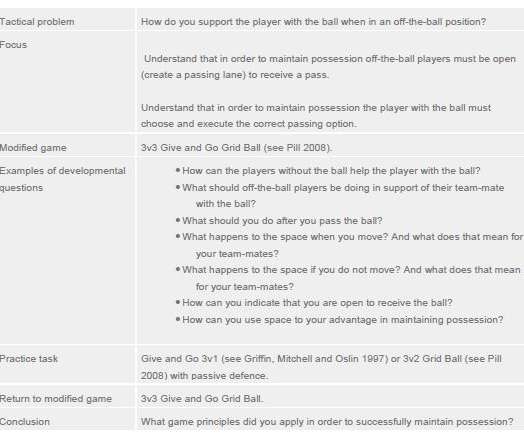






Let's personalize your content